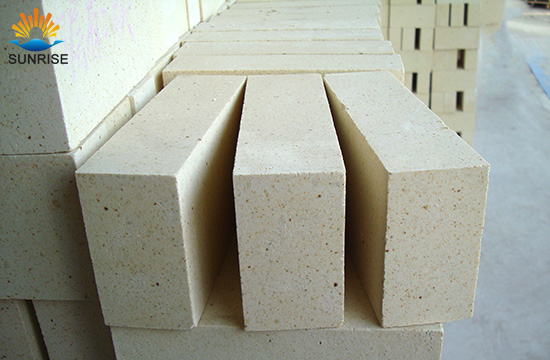Product Search
Quickly find the product you need
Products List
Refractory Knowledge
- the development of the refractory brick i
- Thermal Shock Resistant Fireproof Heat In
- Classification of mullite insulation bric
- Production Process Methods of Refractory
- Aggregates Used For the Production of Ins
- Manufacturing process of fire clay insula
- Refractory material production process
- Pros and cons of lightweight mullite bric
- Pollution and treatment in the production
- The Use of Mullite Insulation Bricks
Products List
- Phone:0086-370-63838939
- Email:sales@sunriserefr.com
- Office Address: No.36 Fengchan Road Of Zhengzhou, Henan, China (Mainland)
Thermal Properties of Insulation Materials
Date:2016-05-30 18:18 | From:Zhengzhou Sunrise Refractory | Author:admin
The main thermal properties of insualtion materials include heat storage coefficient, thermal conductivity and heat transfer coefficient.


(1) Heat storage coefficient
Heat storage coefficient is a characteristic of the material. It indicates the ability of the material to store heat. When a side of a single layer of material with sufficient thickness is under the action of harmonic thermal effect, the greater the ratio of heat flow volatility through the surface and the surface temperature volatility, the better the thermal stability of the material.
In this book "Construction Physics", the definition of Heat storage coefficient is: in the building thermal engineering, the ratio of the surface heat flow amplitude Aq0 and temperature fluctuation amplitude Af of an object with semi-infinite thickness is called the heat storage coefficient of a material under the action of the harmonic effect. It is represented by S and its unit is W / cm².k.
Surface Heat storage coefficient refers to the heat 1m2 surface area of the material stores or releases when the surface temperature increases or decreases 1 ℃, of the storage or heat release in one hour, under the action of the cyclical heat effect.
The calculation of the heat storage coefficient varies according to the material.
(2) Thermal conductivity
Thermal conductivity refers to the heat transferred through 1m2 area of 1m thick material in 1 hour, when the temperature difference between both surfaces is a degree (K, ° C), under the stable heat transfer conditions. The unit of thermal conductivity is W / m·℃ (K can be used herein in place of ℃).
The thermal conductivity of the material is related to the structure and composition, density, moisture content, temperature and other factors of the material. When the moisture content of the material and the temperature is low, the thermal conductivity is small.
Usually a material with a low thermal conductivity is called insulation material and the material with a thermal conductivity under 0.05W / m · K is called high efficiency thermal insulation materials.
(3) Heat transfer coefficient
Heat transfer coefficient is also referred to as the total heat transfer coefficient. Current national standards unify the name heat transfer coefficient. Heat transfer coefficient K fefers to the heat transferred through 1m2 area in one hour when the air temperature difference of both sides of the building envelope is 1 degree (K, ℃), under stable conditions. The unit is W / m· ℃(K can be used in place of ℃ ).

